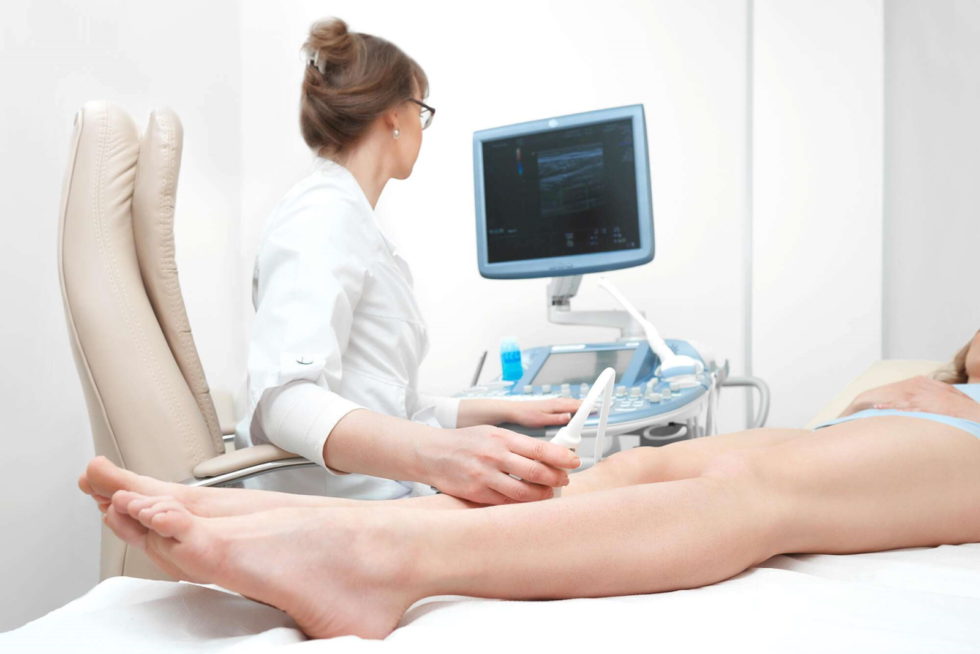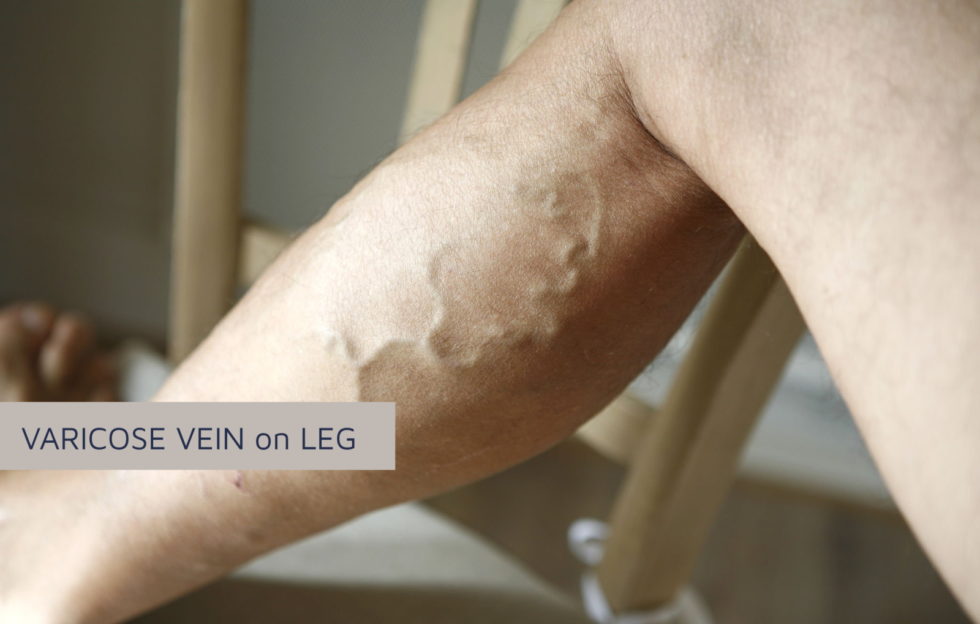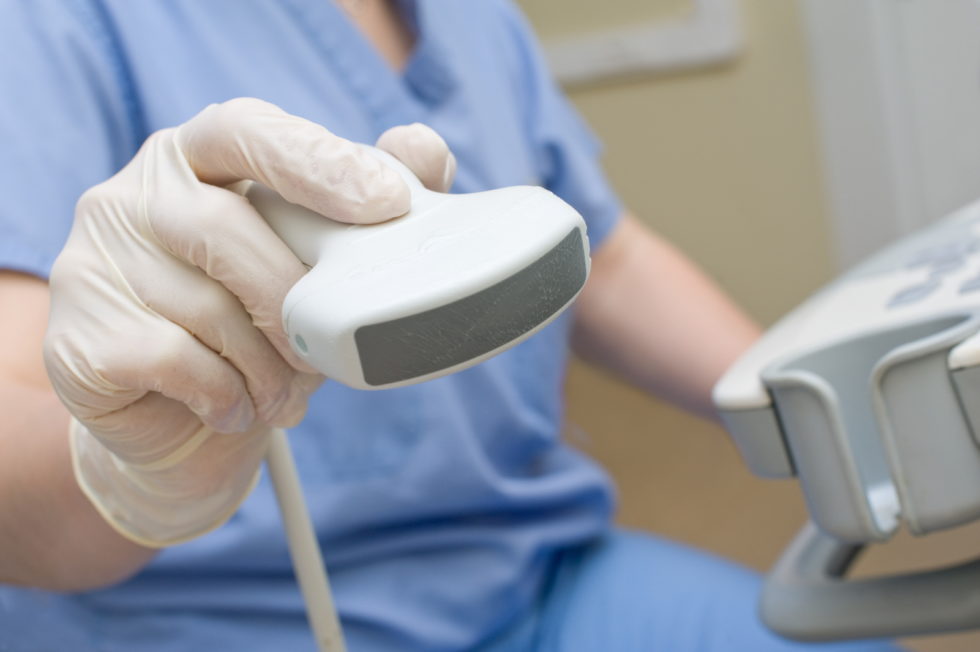How Can a Venous Ultrasound Diagnose Poor Leg Circulation?
Author: StrideCare Internal Team

Pain and discomfort will always be our body’s way of telling us that something is wrong. But let’s be honest for a second: many of us tend to ignore those signs and symptoms. Instead, we choose to “tough it out,” delay treatment, or chalk the pain up to something minor that will go away on its own. Take vein disease for example. An average of one in every three adults over the age of 45 develops some form of it, which can include symptoms ranging from tired and heavy legs due to poor leg circulation to muscle cramps, varicose veins, swelling, and more. But according to the Society for Vascular Medicine, only 10% actually seek treatment. If this scenario hits all too close to home for you, perhaps it’s time to buck that trend and have a diagnostic venous ultrasound done sooner rather than later.
Vein disease tests such as a venous ultrasound are an easy, quick, non-invasive, and non-surgical way to determine what may be wrong with your legs and feet. Perhaps nothing is wrong—just as you are insisting. But if you’re in pain, and a problem does exist, it’s better to know now so that your vascular specialist can create a plan to resolve it.
What Signs of Vein Disease Should I Watch Out For?
If you’re on the fence about whether you should schedule a venous ultrasound, consider the signs and symptoms that you might be experiencing first. Vein disease comes in a myriad of forms that don’t always include pain or that everyday people might pass off as a temporary issue that will improve with time. At first, it could be a few unsightly spider veins and varicose veins that are more of a cosmetic annoyance. But varicose veins by nature are twisted and enlarged and cause increased pressure on the veins in your lower body. As this happens, pain can easily set in.

The same goes for blood clots that can silently form in deep, large veins and restrict blood flow. Should that clot burst, you could sadly face a very serious and life-threatening medical emergency.
Here are a few signs to look out for:
- Pain or Discomfort — It’s important to note that the pain you’re experiencing could be all over the map. For some people, it might include dull achiness in their legs—more of a discomfort than pain. For others. their legs may feel heavy or full all the time. Another group may experience burning, throbbing, muscle cramps, itchy legs, or unexplained swelling painful enough to limit activity.
- Discoloration — Because there is swelling and inflammation, the skin around the affected area may appear thin and dry, eventually changing over to a bluish or brownish color as more blood continues to pool under the skin. Skin discoloration is a telltale sign that more skin changes will likely follow if the condition is left untreated.
- Other Skin Changes — Advanced stages of poor blood circulation can lead to skin being cold to the touch and possibly numb. As the skin and surrounding tissues break down, infections and ulcers can set in. Ulcers are painful sores that can be very stubborn and difficult to treat.
- Warmth — Varicose veins can feel warm and tender to the touch as fluid continues to leak into the surrounding tissue. This can lead to burning, throbbing, and itchiness in the affected area.
- Restless Legs — Characterized by an uncomfortable feeling in the legs such as itching, prickling, pulling, or crawling that tends to be worse when lying down or sleeping. Restless legs syndrome (RLS) affects 5-10% of adults in the U.S. Studies indicate that as many as 22% of those with RLS also have venous insufficiency.
What Can I Expect from a Diagnostic Venous Ultrasound?
Diagnostic venous ultrasound is a non-invasive, non-surgical, and painless medical test commonly used to check for vein disease. It is typically one of the first tests our vascular professionals at Stridecare turn to with our patients. With venous ultrasound, sound waves are used to produce a picture of the circulatory system and structures of the veins underneath the skin. This is particularly helpful when trying to detect blood clots in the legs.
Here’s how it works
A small probe called a transducer and gel is placed directly on the skin. This transducer, which looks a lot like a microphone, is a hand-held device that emits high-frequency sound waves into the body. When a sound wave strikes an object, it bounces back or echoes. By measuring these echo waves, it’s possible to determine how far away the object is as well as its size, shape, and consistency. The probe collects these sounds as they bounce back, and a computer creates an image in real-time.
As a result, your vein doctor can analyze this information and make a determination as to your current circulatory health. Just a few things they look at with venous ultrasound include:
- Reviewing the starting and ending points of each vein
- Evaluating all the deep and superficial veins, including potential narrowing of vessels
- Detect changes in the appearance of tissues and any abnormal masses
- Checking flow for reflux
- Search for blood clots
- Determine the cause of long-standing leg swelling
The best part is that while all of this is going on, the patient can sit back during their diagnostic venous ultrasound and relax. There is generally no pain unless the transducer is being used over an existing area of tenderness. Once the test is finished, the gel is wiped away, and the patient can resume their normal daily activities.
Standard diagnostic venous ultrasound doesn’t have any harmful effects on humans.

A few benefits include
- Painless (no needles or injections)
- Does not use radiation
- Check for a variety of vein diseases and conditions
- No preparation time, downtime, or recovery period
- Widely available, easy to use, and a less-expensive testing option
- Takes 45-60 minutes to complete
- Little to no special preparation is required
- Covered by most medical insurance
Schedule Your Venous Ultrasound with Stridecare
The key to any pain or discomfort in life, whether mild or severe, is to not delay seeking medical help. Even if a trip to the doctor results in you being told that nothing is wrong, at least you can move forward with peace of mind. This is especially true if there is a possibility that you have vein disease. If left untreated, vein disease can cause severe and life-altering complications. Tests such as diagnostic venous ultrasound are designed to head these and so many other issues off at the pass, detect issues that do exist, and allow you and your vein doctor to create a viable treatment plan that will allow you to get back on your feet quicker.
Our expert vein doctors and caring staff at StrideCare utilize the latest technologies and minimally invasive procedures to help our patients with a variety of vein and artery diseases. This includes diagnostic venous ultrasound and other diagnostic image testing.
The vascular physicians at StrideCare are board-certified diagnostic radiologists with additional fellowship training in vascular and interventional radiology. If you need treatment, the experienced physicians at StrideCare will create an individualized plan to help you get the best results.
Prior to starting any new treatment or questions regarding a medical condition, always seek the advice of your doctor or other qualified health provider. This information is not a substitute for professional medical advice.
StrideCare serves the South Texas area including Houston, San Antonio, Austin, Round Rock, Bastrop, Brushy Creek, Cedar Park, Converse, Georgetown, Hutto, Kyle, Leander, Marble Falls, New Braunfels, Pasadena, Pearland, Pflugerville, San Marcos, Schertz, Houston, Sugar Land, Katy, Webster, Bay City, Clear Lake, Lake Jackson, The Woodlands, Universal City, Spring, Kingwood, Stafford, Conroe, Texas City, Cypress, League City, Bellaire, and more.


